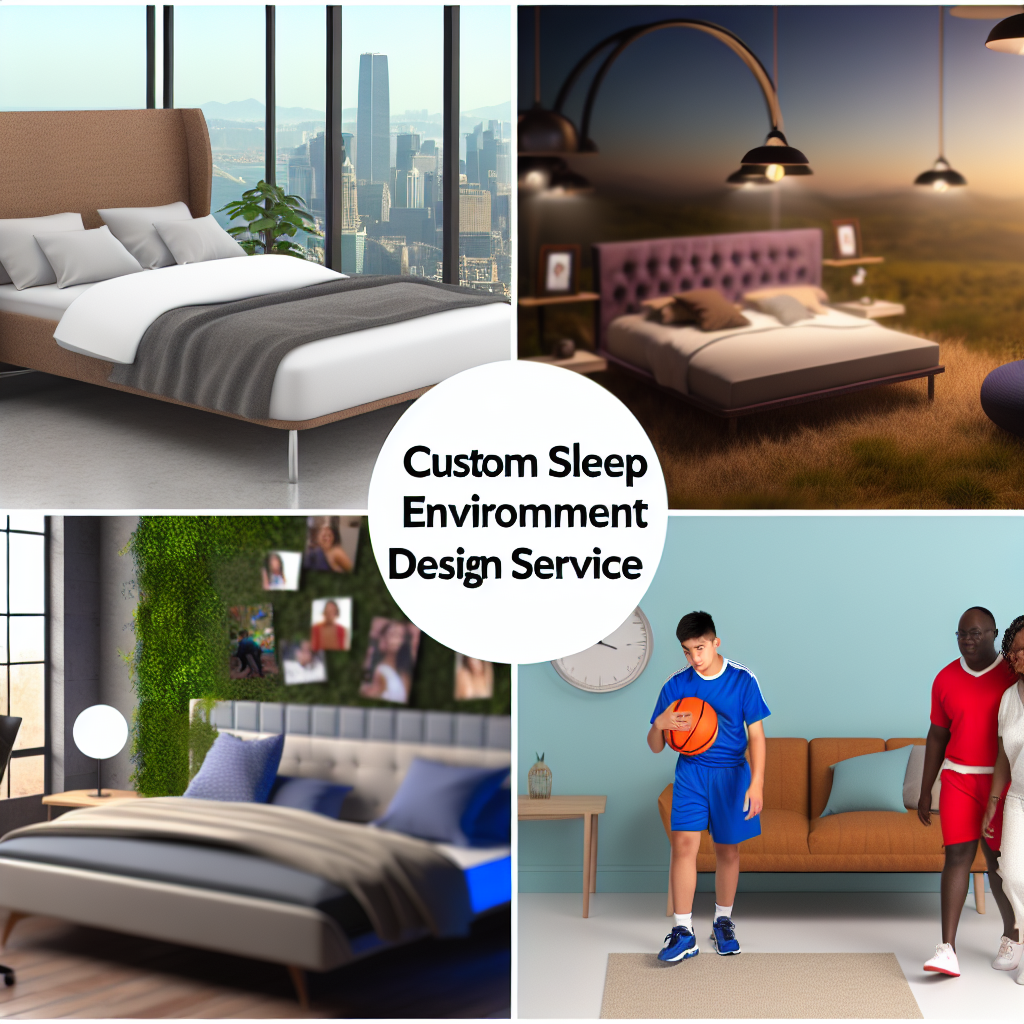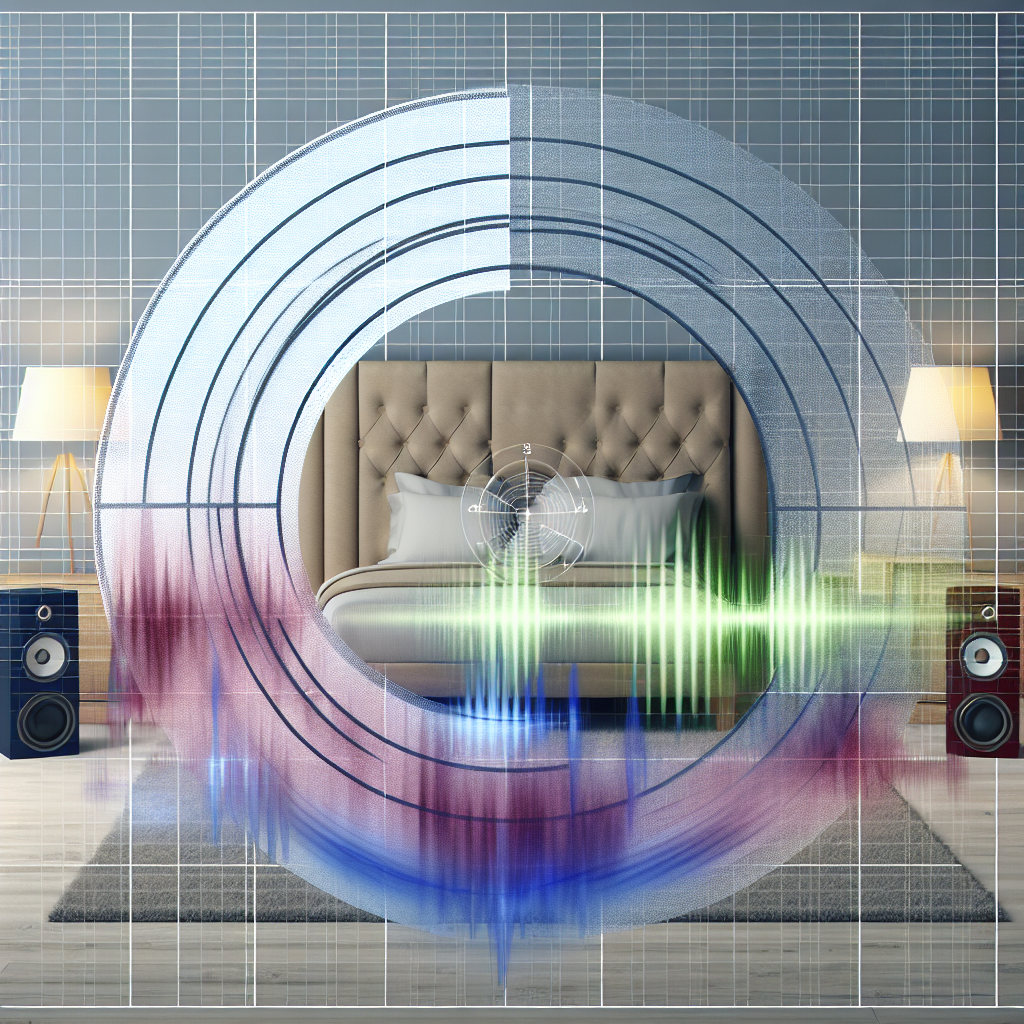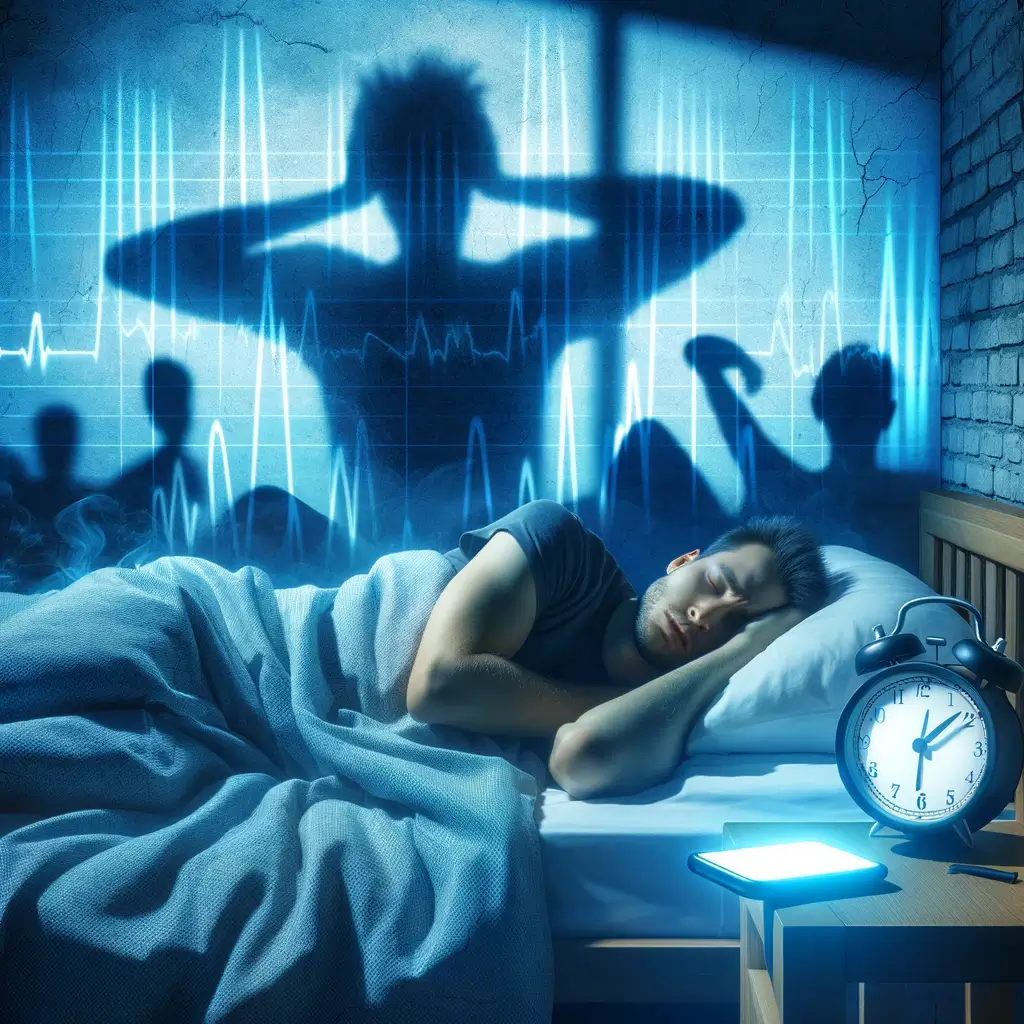Sleep-Related Eating Disorder: How Kitchen Lock Systems and Sensors Offer Nighttime Protection
Sleep-Related Eating Disorder (SRED) is a complex parasomnia—an abnormal behavior occurring during sleep—that poses significant challenges for those who grapple with it. This condition is characterized by repeated episodes of involuntary eating and drinking while asleep, often without recall upon waking. While it may sound unusual to those unfamiliar with parasomnias, SRED is a recognized and frequently distressing disorder that can lead to numerous health complications, including weight gain, poor nutrition, risk of injury in the kitchen, and psychological distress.
The disorder primarily occurs during the non-REM (NREM) stages of sleep and has been closely linked to other sleep disorders such as sleepwalking and restless leg syndrome. In some cases, SRED is associated with the use of sleep medications like zolpidem (Ambien), making it even more pressing for patients and caregivers to implement proactive management strategies.
One of the greatest concerns about SRED is the safety risk. Injuries from kitchen accidents—such as cuts, burns, or contaminated food consumption—are not uncommon. Additionally, those suffering from SRED often consume non-food items or spoiled food, posing immediate health dangers. These hazards necessitate novel preventative strategies that extend beyond medications and therapy.
Enter kitchen lock systems and motion-alert sensors. Recent innovations in smart home technology offer effective tools to improve safety and support behavioral conditioning. By securing the environment during vulnerable hours, these systems act as a first defense against night-eating episodes initiated during sleep states. Parents of children with nighttime eating issues, caregivers of individuals with neurological conditions, or those struggling with nocturnal eating themselves are finding increasing benefit in utilizing such tech-based preventive tools.
Understanding the Medical Foundations of SRED
Medical research into Sleep-Related Eating Disorder has expanded significantly over the past two decades. Multiple studies underscore the link between sleep medications, neurochemical imbalances, and parasomnia risk. According to a study published in the journal Sleep, approximately 1.5% of the general population may experience SRED, with higher prevalence seen among individuals with comorbid sleep disorders or those on sedative hypnotics like zolpidem.
A 2013 report by the American Academy of Sleep Medicine recognizes kitchen accidents caused by disordered nighttime eating as public health concerns. The necessity for non-pharmacologic interventions—such as environment-focused management—has therefore gained increasing traction. Moreover, according to Mayo Clinic experts, cognitive behavioral therapy for insomnia (CBT-I) and environmental safety planning should go hand-in-hand with traditional therapy when tackling complex parasomnias like SRED.
Tech to the Rescue: How Kitchen Locks & Sensors Help
Smart kitchen lock systems are programmable setups that automatically secure pantry doors, refrigerators, and cabinets during specific hours. Many modern locking mechanisms are app-controlled and include override features to allow emergency access, ensuring both safety and convenience. These systems prevent access to food when individuals are in dissociative or semi-conscious sleep states, significantly reducing the risk of harmful consumption or injury.
Motion detection technology can further augment nighttime safety. Strategically placed motion sensors integrated with an app or home security system can detect unauthorized movement in certain areas—such as the kitchen—during pre-set hours. Some sensors also feature voice alerts or light activation systems that prompt awakening or alert the household when someone approaches the kitchen in their sleep.
Behavioral Conditioning Through Smart Technology
These technological safety nets not only serve a practical function but also support the therapeutic aspect of SRED management. Over time, the physical barrier and feedback loop created by alarms and locks may help recondition the brain to resist nighttime food-seeking behaviors. While not a cure, these preventive measures provide tangible value when used alongside medical treatment.
Data also supports the integration of sleep hygiene education and safety planning into treatment. A clinical review in the Journal of Clinical Sleep Medicine shows that patients who combined environment modification with behavioral therapies experienced fewer nocturnal episodes and reduced stress associated with the disorder.
Adaptable Solutions for All Age Groups
Importantly, these systems are adaptable for everyone—from children to elderly. Child-safe locks with remote access are increasingly used by parents of minors with neurodevelopmental disorders who may exhibit nighttime wandering and food-seeking. Likewise, seniors living with early dementia or Parkinson’s-related parasomnias are increasingly protected by facility-wide sensor networks and smart locks.
Conclusion: A Technological Path Toward Safer Sleep
Sleep-Related Eating Disorder is a serious yet under-discussed sleep condition that affects people across all age groups. Characterized by mindless, nighttime consumption of food—often in unsafe or unhealthy ways—SRED demands a multifactorial treatment approach. Medical therapies and behavioral interventions are essential, but equally important is the creation of a physical environment that limits opportunities for harm during involuntary nocturnal episodes.
The integration of kitchen lock systems and motion-detection sensors into the home offers a practical layer of protection that can prevent physical injuries, mitigate emotional distress, and support long-term behavioral correction. In this way, technology becomes a valuable ally in the pursuit of better sleep health and nighttime safety.
By making informed decisions about environmental modifications and staying up-to-date on sleep disorder research, individuals and caregivers alike can take proactive steps to address SRED. With continued awareness and innovation, we can move toward better outcomes and healthier sleep patterns for everyone affected by sleep-related eating behaviors.
**Summary:**
Sleep-Related Eating Disorder (SRED) is a complex sleep disorder characterized by involuntary eating and drinking during sleep. It poses significant safety risks, including kitchen accidents and consumption of unsafe foods. Smart kitchen lock systems and motion-detection sensors can help mitigate these dangers by securing the environment and supporting behavioral conditioning. This technology-based approach, when combined with medical treatments and sleep hygiene education, offers a comprehensive solution for managing SRED across all age groups.
**References:**
1. [Prevalence of SRED – Journal of Sleep](https://academic.oup.com/sleep/article/26/6/775/2697970)
2. [Mayo Clinic – Sleep Disorders Overview](https://www.mayoclinic.org/diseases-conditions/sleep-disorders/symptoms-causes/syc-20354018)
3. [Journal of Clinical Sleep Medicine – CBT and Environmental Modifications](https://jcsm.aasm.org/viewabstract.aspx?pid=29091)
4. [Sleep Foundation – Overview of SRED](https://www.sleepfoundation.org/parasonmias/sleep-related-eating-disorder)

Dominic E. is a passionate filmmaker navigating the exciting intersection of art and science. By day, he delves into the complexities of the human body as a full-time medical writer, meticulously translating intricate medical concepts into accessible and engaging narratives. By night, he explores the boundless realm of cinematic storytelling, crafting narratives that evoke emotion and challenge perspectives.
Film Student and Full-time Medical Writer for ContentVendor.com



